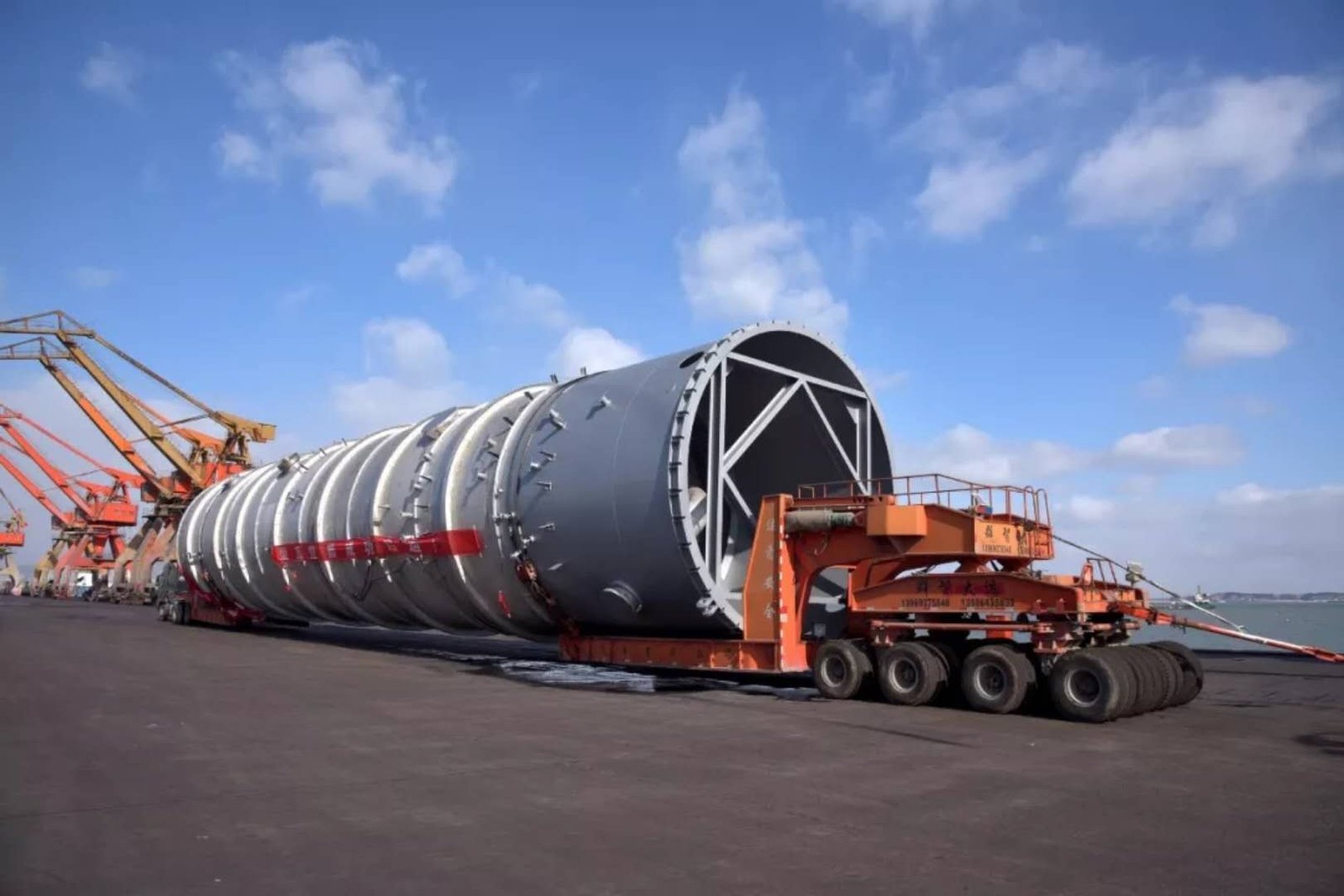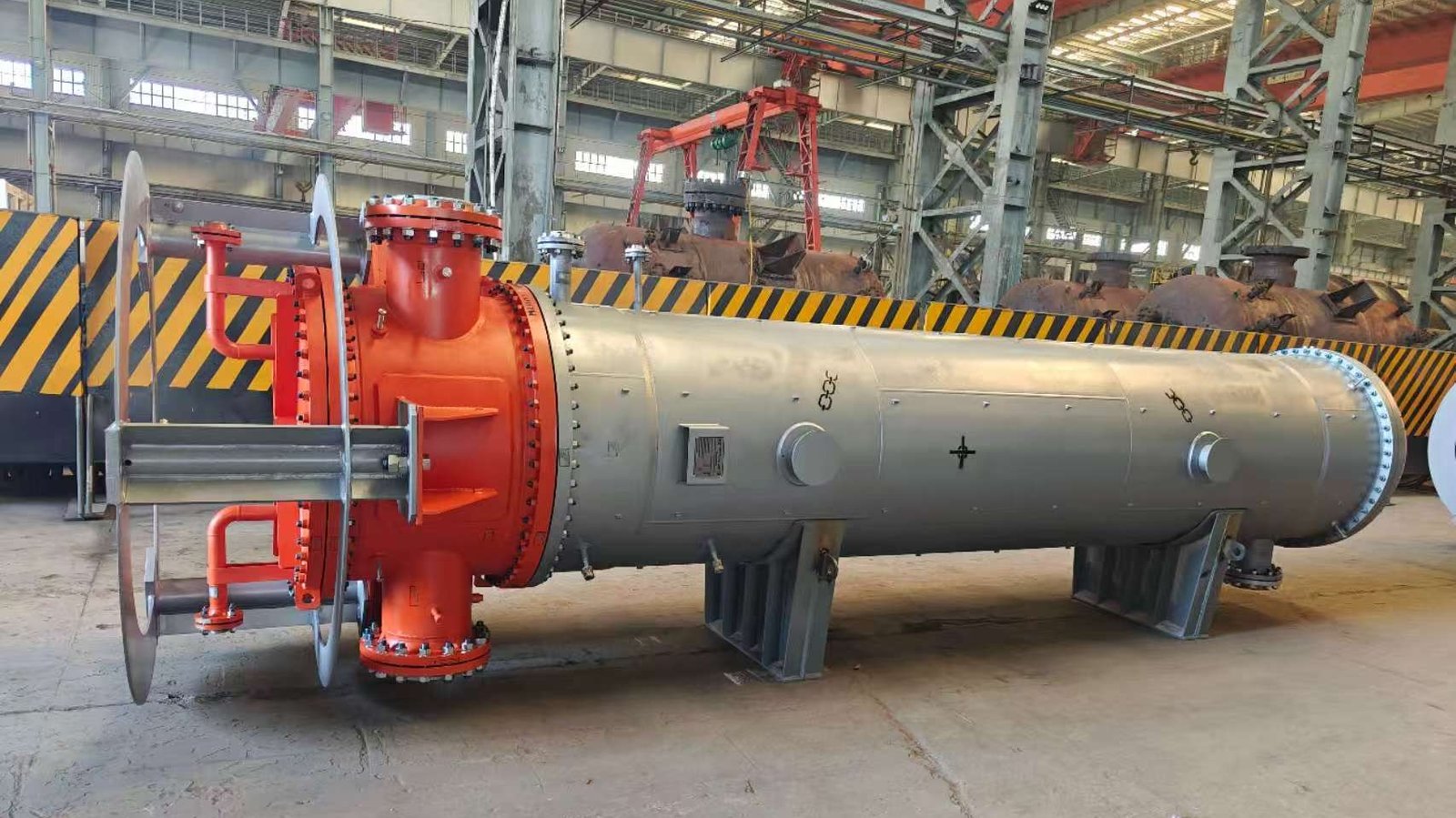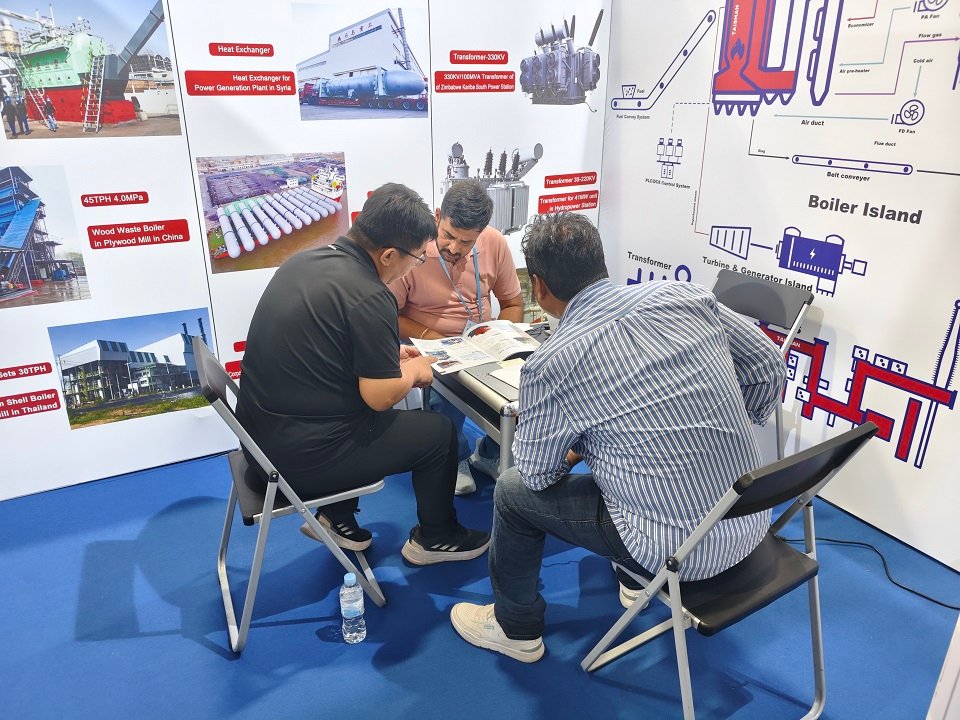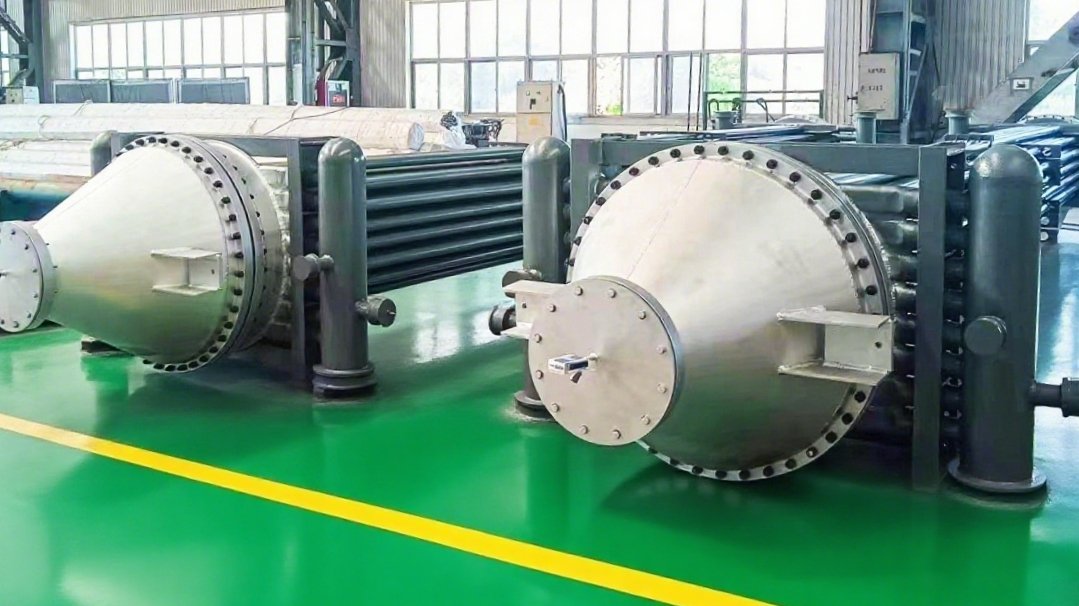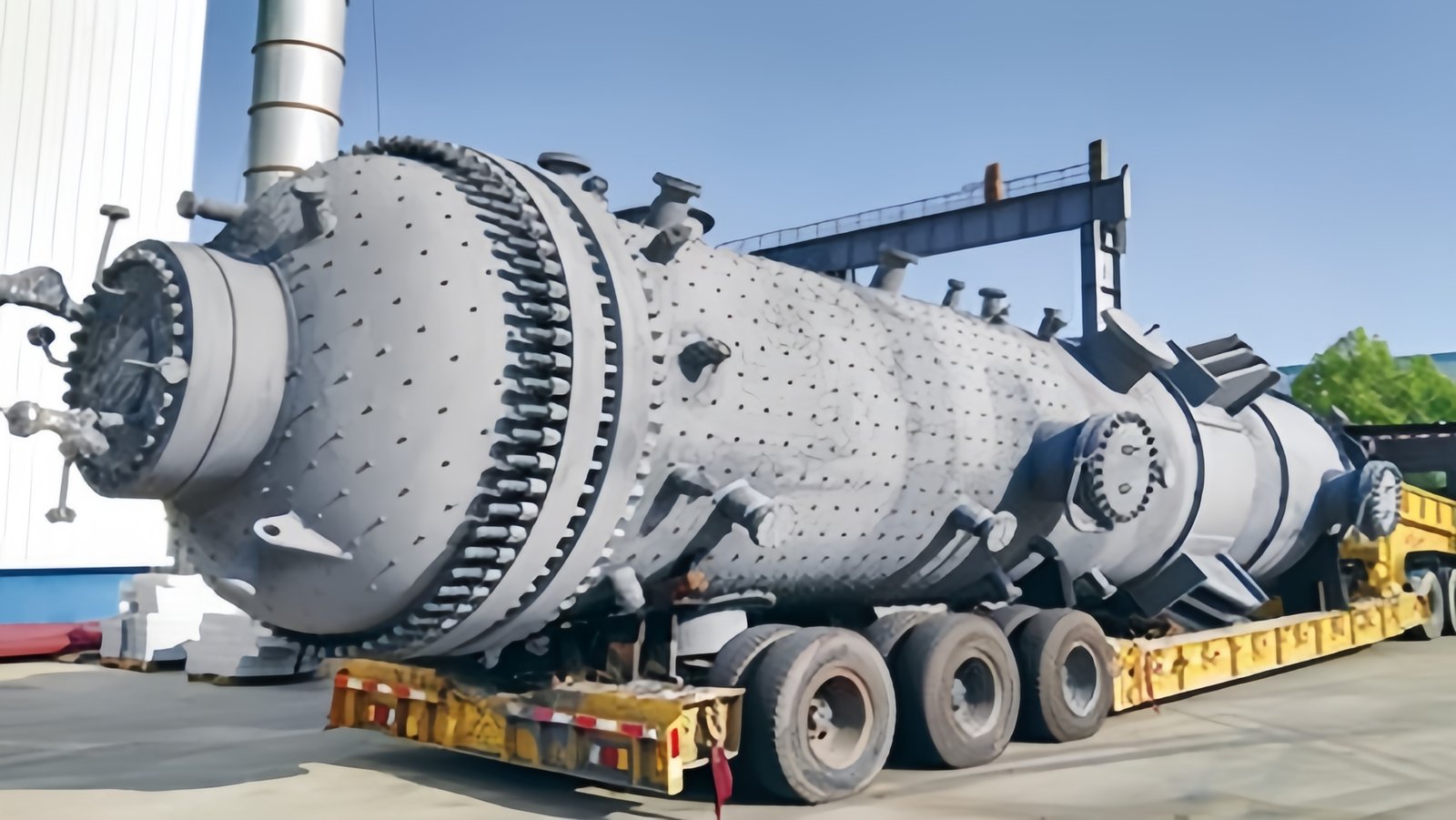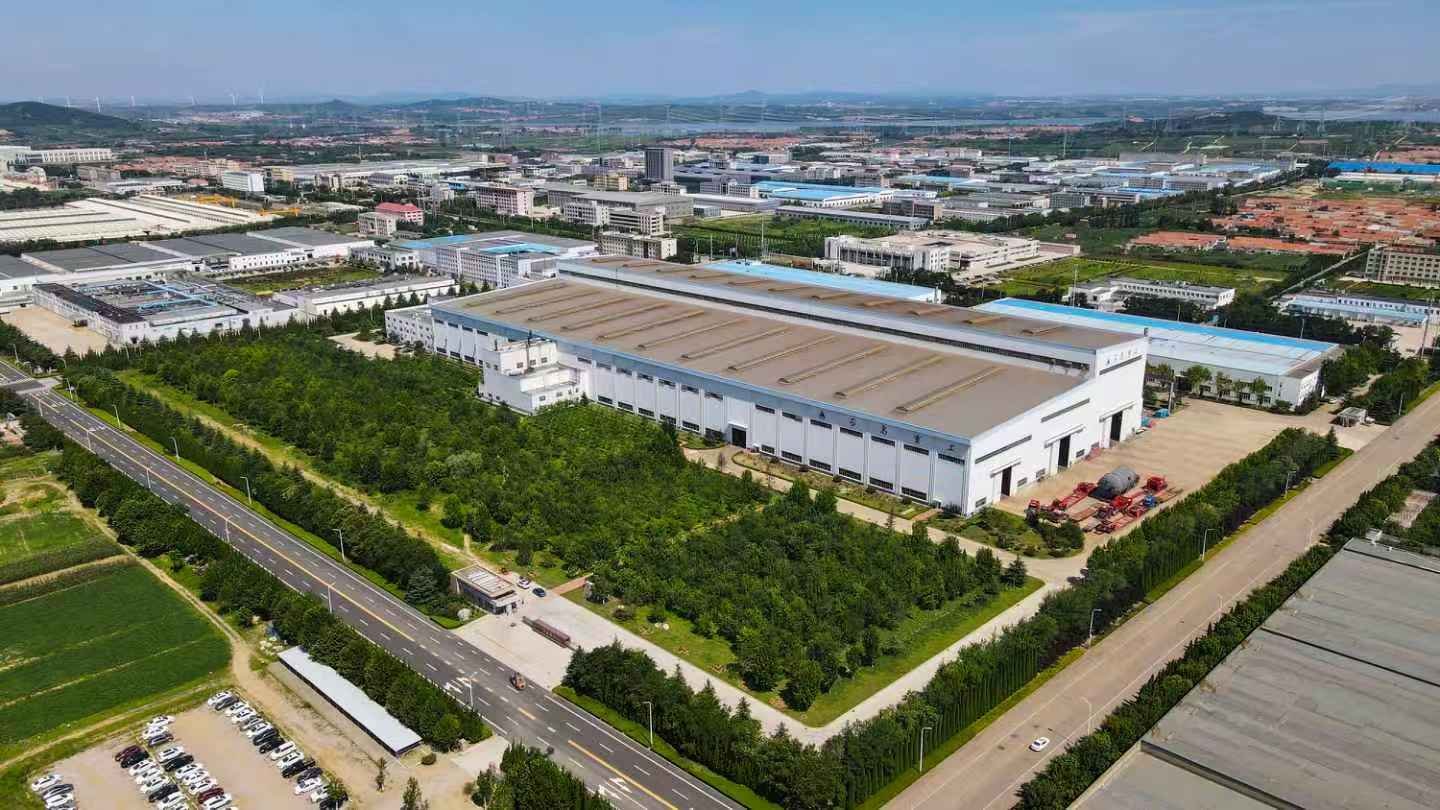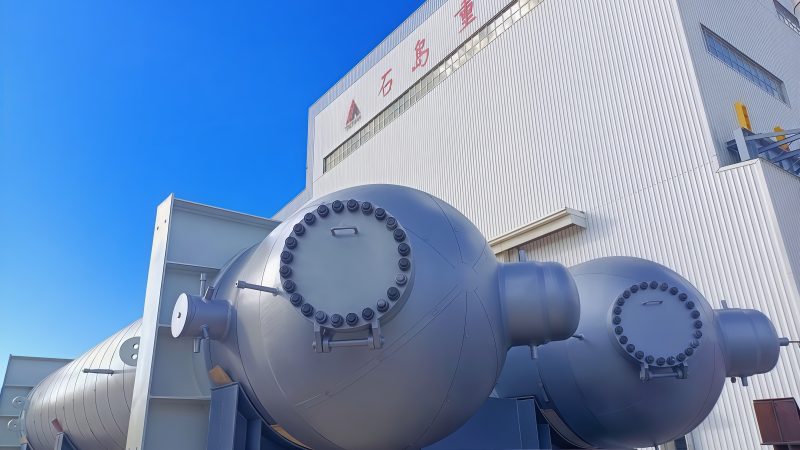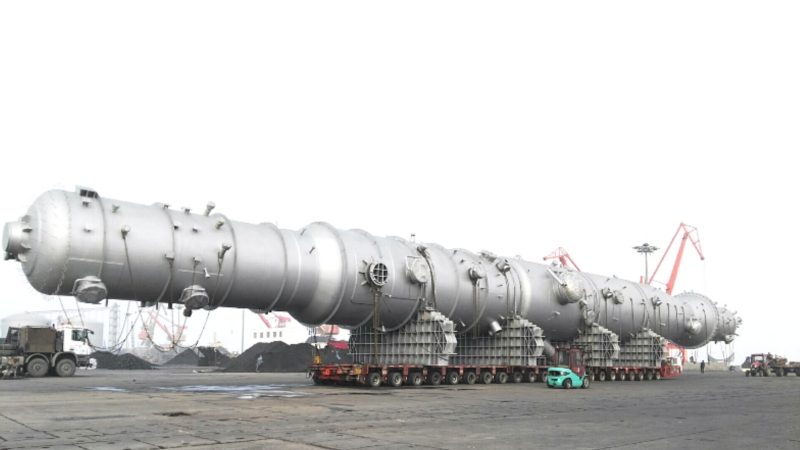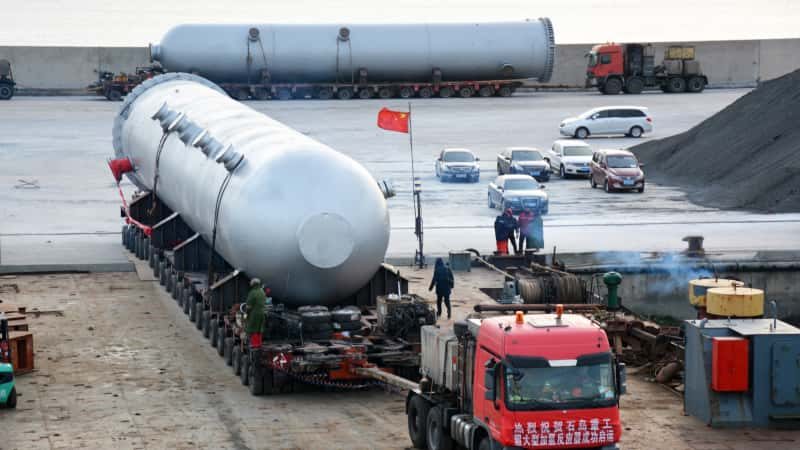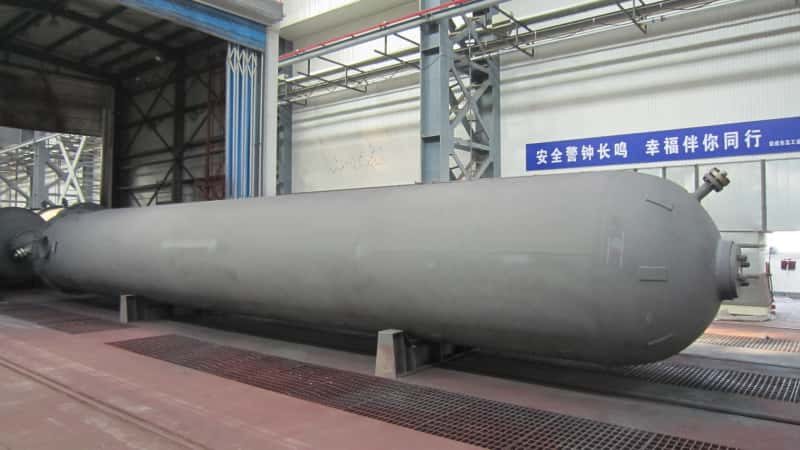In many industrial and everyday applications, temperature control is crucial. But traditional methods of heating or cooling can be inefficient or expensive. As a result, processes stall, energy is wasted, and systems become prone to failure. Heat exchangers offer an energy-efficient solution by transferring heat between two fluids without mixing them. This article explains what heat exchangers are, how they work, and why they are essential in modern engineering.
A heat exchanger is a device that transfers heat between two or more fluids (liquid, gas, or vapor) without allowing them to mix, typically using metal walls or plates to separate them while conducting heat.
Understanding how a heat exchanger functions will help you select the right system, maintain efficiency, and lower energy costs. Let’s dive deeper into how they work, the different types available, and their applications across industries.
Heat exchangers transfer heat between two or more fluids without direct contact.Истинный
Heat exchangers use conductive materials like metals to allow heat to pass through while keeping fluids separate.
Heat exchangers are only used in industrial processes.ЛОЖЬ
Heat exchangers are also found in household appliances like air conditioners, refrigerators, and car radiators.
Plate heat exchangers are the most efficient for compact applications.Истинный
Plate heat exchangers have a large surface area in a compact size, maximizing heat transfer in small spaces.
How Does a Heat Exchanger Work?
The operation of a heat exchanger is based on thermodynamics: heat moves from a hotter fluid to a colder one, aiming for equilibrium. There are several configurations and mechanisms through which this process occurs.
Types of Heat Exchangers and How They Work:
| Тип | Описание | Принцип работы | Типичные области применения |
|---|---|---|---|
| Кожухотрубный | Cylindrical shell containing a bundle of tubes | One fluid flows through tubes, the other around them | Oil refineries, power plants |
| Plate | Stack of corrugated metal plates | Fluids flow across plates in alternating channels | HVAC systems, food processing |
| Air-Cooled | Uses air to remove heat from a fluid | Fans blow air across finned tubes | Engine cooling, refrigeration |
| Двойная труба | One pipe inside another | Fluids flow in opposite directions for efficient transfer | Chemical plants, small-scale operations |
Core Components of Heat Exchangers:
- Heat Transfer Surface: Usually metal, for efficient thermal conductivity.
- Flow Paths: Designed to maximize contact time and surface area.
- Seals/Gaskets: Prevent leaks and cross-contamination.
- Flow Arrangement: Counterflow, parallel flow, or crossflow affects efficiency.
Example:
In a car radiator, hot coolant from the engine flows through thin tubes. Air flows over these tubes, removing heat from the coolant and allowing the engine to remain within optimal temperature ranges. This is a classic example of an air-cooled heat exchanger.
Efficiency Factors:
- Thermal Conductivity of Materials
- Surface Area for Heat Exchange
- Temperature Difference Between Fluids
- Flow Configuration (Counterflow is most efficient)
Counterflow heat exchangers offer better efficiency than parallel flow designs.Истинный
Counterflow arrangements maintain a higher average temperature difference across the heat exchanger.
What Are the Main Types of Heat Exchangers?
Understanding different designs helps users choose the right one for their application needs.
Primary Heat Exchanger Types:
| Тип | Преимущества | Disadvantages | Suitable For |
|---|---|---|---|
| Кожухотрубный | High pressure/temperature capacity | Large footprint | Heavy-duty industrial use |
| Plate | Compact, high efficiency | Not ideal for high pressure | HVAC, food, pharmaceuticals |
| Air-Cooled | No water required | Less effective in hot climates | Automotive, outdoor systems |
| Спираль | Self-cleaning, compact | High cost | Viscous fluids, slurries |
| Regenerative | Reuses heat | Complex design | Gas turbines, high-temp processes |
Case Study: Dairy Pasteurization Using Plate Heat Exchangers
In dairy processing, maintaining a consistent temperature is vital. Plate heat exchangers enable precise temperature control for pasteurization, ensuring milk is heated to kill bacteria and then cooled rapidly without affecting flavor or nutrients.
Plate heat exchangers are ideal for hygienic applications.Истинный
Their smooth surfaces and easy disassembly make them suitable for sanitary cleaning.
Where Are Heat Exchangers Used?
Heat exchangers are essential across numerous sectors for temperature control and energy savings.
Industries and Examples:
| Промышленность | Приложение | Type of Heat Exchanger |
|---|---|---|
| ОВКВ | Heating and cooling buildings | Plate, air-cooled |
| Генерация электроэнергии | Steam cycle condensers | Shell and tube |
| Automotive | Engine cooling | Air-cooled radiator |
| Еда и напитки | Pasteurization, brewing | Plate |
| Химическая обработка | Heat recovery, cooling | Double-pipe, spiral |

Image alt: HVAC heat exchanger in air conditioning unit
Efficiency and Environmental Impact
Using heat exchangers can reduce energy consumption by up to 40%, lower operational costs, and minimize environmental impact by reusing waste heat.
Heat exchangers help industries meet energy efficiency goals.Истинный
By transferring waste heat for reuse, heat exchangers reduce energy demand.
How to Maintain and Troubleshoot Heat Exchangers?
Proper maintenance ensures long service life and optimal performance.
Common Issues:
- Fouling (build-up of deposits)
- Corrosion
- Leakage
- Flow blockages
Preventative Maintenance Tips:
| Task | Частота | Цель |
|---|---|---|
| Визуальный осмотр | Monthly | Check for leaks or unusual sounds |
| Chemical Cleaning | Ежегодно | Remove fouling and deposits |
| Pressure Testing | Semi-annually | Detect weak seals and leaks |
| Thermal Performance Check | Quarterly | Monitor heat transfer efficiency |

Image alt: Fouling inside a heat exchanger tube
Troubleshooting Guide:
| Symptom | Possible Cause | Recommended Action |
|---|---|---|
| Reduced heat transfer | Fouling | Chemical cleaning |
| Leaks | Gasket failure | Replace seals |
| Pressure drop | Blockage | Flush system |
| Noise | Cavitation or flow issues | Adjust flow rate |
\
Routine maintenance prevents costly breakdowns in heat exchangers.Истинный
Scheduled cleaning and inspections help avoid performance loss and equipment damage.
Заключение
Heat exchangers are indispensable components in both industrial systems and everyday applications. By understanding their function, types, and maintenance needs, users can achieve efficient thermal management and extend system life. Selecting the right heat exchanger based on your application ensures energy savings and operational reliability.
Need Help Choosing the Right Heat Exchanger?
Contact our engineering team for expert guidance on selecting, installing, and maintaining the ideal heat exchanger for your needs. We’re here to help you optimize your system and reduce energy costs.



